Lake Clark National Park
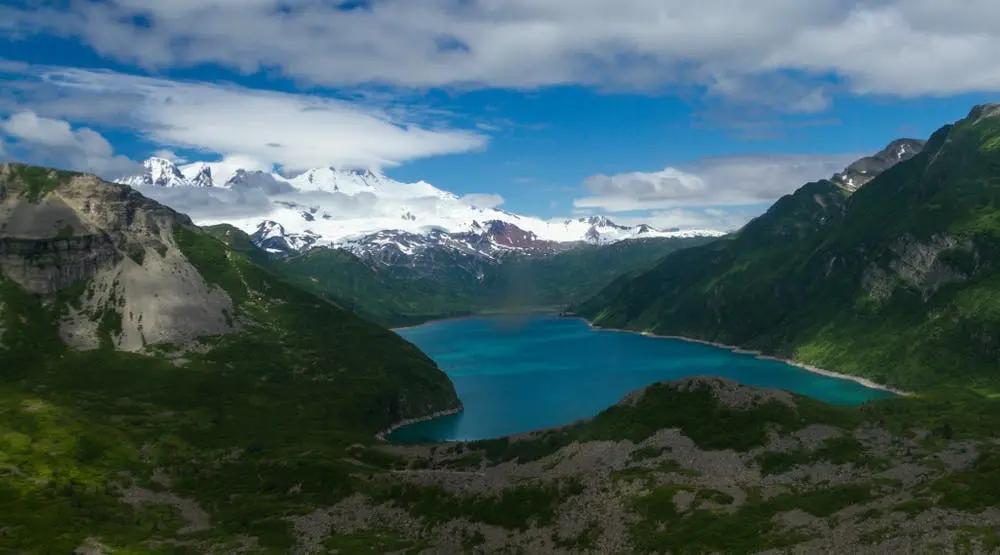
WIDE-RANGING INVENTORY
From affordable pop-ups to luxury motorhomesLARGEST RV RENTAL MARKETPLACE
Thousands of 5 star reviews from happy customersSECURE AND MOST TRUSTED
24/7 Emergency roadside assistance on every booking- Home
- National Parks
- Lake Clark National Park
Tucked in the south-central crook of Alaska, Lake Clark National Park and Preserve is an untamed wilderness of epic proportions. It boasts alpine tundra, glaciers, glacial lakes, rivers, and two volcanoes inside more than 4 million acres, and is home to a dizzying array of wildlife. Sighting opportunities ranging from grizzly bears to caribou to wolves, not to mention the sockeye salmon that spawn inside its streams. These fish are critical for the park’s unique ecological dynamics, and also help supply the Bristol Bay fishery, one of the most important sources of salmon in the country.
Because it’s so vast, the weather patterns at Lake Clark National Park can actually be split into two distinct climate areas: the coast and the interior. The coastal region sees frequent rain and fog, averaging between 40 and 80 inches of precipitation annually, while the interior sees only 17 to 26. The coast also offers milder winters, whereas the interior regularly reaches extremely cold temperatures as low as -40 F. Keep in mind, however, that this is Alaska, and freezing temperatures are possible at any time of the year. From late September until early April, you can expect to see snow in the park; the namesake lake begins freezing in November. Because the weather is so extreme and variable in this region, it’s especially important to keep tabs on the forecast as you’re planning your adventure -- and to bring along the foul weather gear you may need. Click here to see the park’s official weather page, which also links to resources for real-time updates.
About a hundred miles southwest of Anchorage, Lake Clark National Park and Preserve is actually relatively accessible for an Alaskan wilderness, but you should still plan to have all of your supplies before entering its boundaries. The park is not on the road system, and so is primarily visited by hiring small planes from the nearby communities of Anchorage, Kenai, or Homer.
Visitors to Lake Clark engage with the wilderness by partaking in a wide variety of outdoor recreational activities, including hiking, biking, bear- and bird-watching as well as taking on the water system in power boats, rafts, or canoes. Local tour companies provide guide services to visitors, and park officials may also occasionally offer organized events and opportunities. Check out the official National Park Service calendar for full details, as well as the directions page for more information about tourist resources in the area.
- Spring 35-45 F
- Summer 55-60 F
- Fall 35-45 F
- Winter 15-20 F
- Coming soon
- Coming soon
RV Rentals Near Lake Clark National Park
Nearby RV Rentals
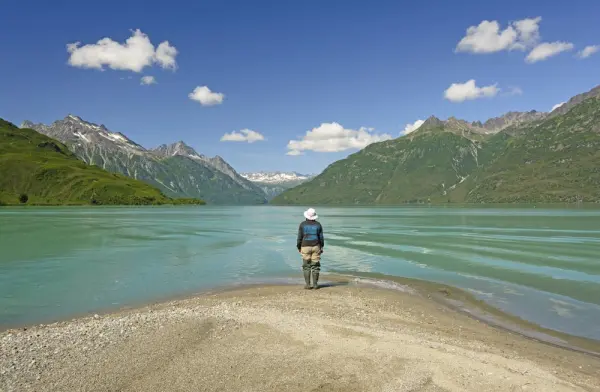
Lake Clark National Park Hiking Trails
Lake Clark National Park is a wilderness in the truest sense of the word. There’s only one set of maintained trails in the entire 4-million acre property.
That said, adventurers have avid and endless opportunities to explore outside of the managed Tanalian Trails -- though wilderness survival and wayfinding skills are absolutely critical. For all but the most seasoned outdoorsmen and women, we suggest hiring a guide for your excursion into the park.
Below, find information on the park-maintained Tanalian Trails.
Lake Clark National Park Trails
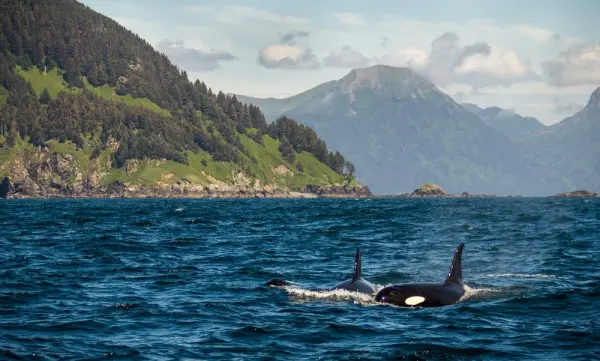
Things to do Outside Lake Clark National Park
Although the park itself is a remote wilderness with little to offer in the way of resources, south-central Alaska is a vacation destination hub, filled with things to see, eat, and do.
Restaurants
Shopping
Sightseeing
Discover Nearby Towns and Cities
RV Resorts & Campsites in Lake Clark National Park
Because Lake Clark National Park isn’t on Alaska’s road system, there are no RV campgrounds within the boundaries of the wilderness itself -- though tent campers and backpackers are largely free to set up wherever they like, and also have a few developed options to choose from. There are also a number of lodges, cabins, and bed and breakfasts run by private owners inside the park, a majority of which are at Port Alsworth.
Below, we’ve listed a few RV campgrounds in the proximal communities, where you might create a “home base” from which to take a more rugged trip into the park’s interior. For more information and a list of private lodging options inside the park, see this webpage.
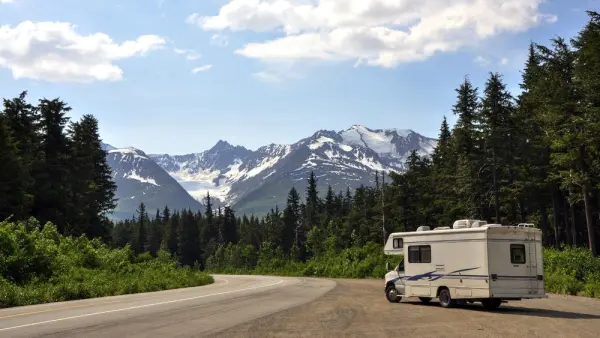
Campgrounds Near Lake Clark National Park
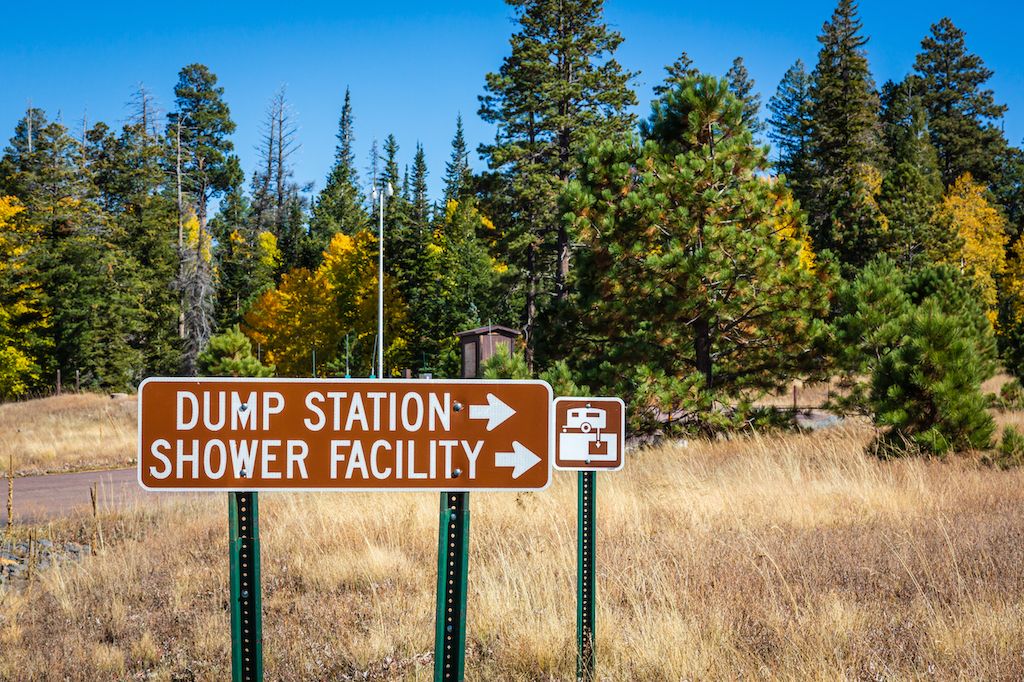
Find the Best Dumpstations Near Lake Clark National Park
Dumpstations Near Lake Clark National Park
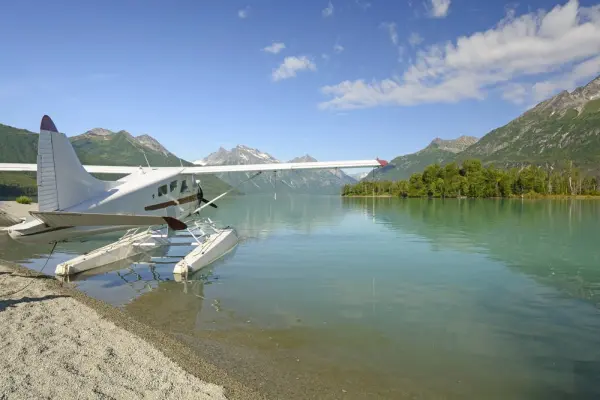
How to get to Lake Clark National Park
Unlike many of the other American national parks, Lake Clark is a wilderness in the truest sense of the word. It’s not connected to the road system, and so it’s accessible only via boat or small aircraft. In the same vein, there’s no infrastructure for transportation within the park borders; visitors move from place to place by foot, kayak, raft, boat, or small plane.
The nearest international airport to Lake Clark is at Anchorage, which is about a hundred miles northeast of its boundary. There are also smaller airfields at the cities of Kenai and Homer, though service to these may be limited or nonexistent.
Once you arrive in proximity to the park, you can travel to the park itself by air taxi or with a tour guide group. The National Park Service has a helpful compilation of local travel operations at the Lake Clark website. An RV is a great way to establish a comfortable and convenient home base from which to orchestrate your adventures, and you can find RV rental listings through RVshare all over the country -- including in the Alaskan wilds.

Frequently Asked Questions
Lake Clark National Park is 5,625 square miles, or just over 4 million acres large. It covers from the Cook Inlet, to the Chigmit Mountains, to the hills in southwest Alaska.
Yes, pets are allowed at Lake Clark National Park. However, park officials strongly urge owners to leave pets at home for their safety and that of animals in the park. Pets in the park must be leashed at all times.
No, there are no designated camping spots at Lake Clark National Park. All camping at the park is primitive. There are some lodges and cabins in Port Alsworth as well.
Top things to do at Lake Clark National Park include taking a bear viewing tour, hiking from Turquoise to Twin Lake, or fly fishing in the lakes and rivers at the park.
Summer is the best time to visit Lake Clark National Park. The weather is more likely to be warm enough in summer for hiking, boating, fishing, and other activities.
Related
RV Rentals near Lake Trinity Estates Hollywood RV Rental Columbia KY RV Rentals near Lewis Clark State Park Campground Rushville RV Rental Lake Waynoka OH RV Rentals near Smith Lake County Park Algona RV Rentals near Lewis Clark State Park Winlock RV Rentals near Burke Lake Park Fairfax Station RV Rentals near Smith Lake Park Cullman RV Rentals near Jellystone Park at Lake Monroe Bloomington Bloomington RV Rentals near Smith Lake Park Cullman Lewis and Clark National and State Historical Parks Lewis and Clark National Historic Trail George Rogers Clark National Historical Park Lewis and Clark National Forest Guide Talladega National Forest Guide Huron-Manistee National Forest Guide Jones Lake State Park Guide Lake Whitney State Park Guide Lake Charles State Park Guide RV Rentals near Smith Lake Park Cullman RV Rentals near Burke Lake Park Fairfax Station RV Rentals near Lewis Clark State Park Campground Rushville RV Rentals near Smith Lake Park Cullman RV Rentals near Smith Lake County Park Algona RV Rentals Lake Elsinore California
